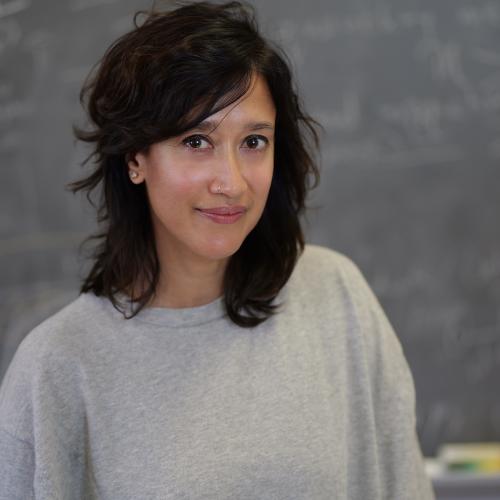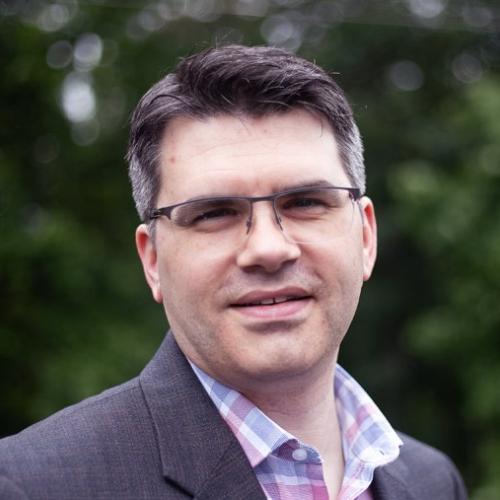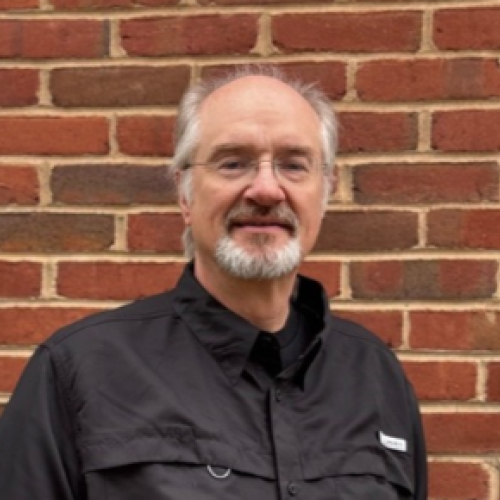Galaxy Evolution and Cosmology Initiative (GECO)
- Observatories
- Extragalactic Studies at UVA
- Planetary Science
- Virginia Institute of Theoretical Astronomy
- X-ray Astronomy and Clusters of Galaxies Group
- Near-Field Cosmology
- Exploding Stars and Time Domain Astronomy
- Galaxy Evolution and Cosmology Initiative (GECO)
- Virginia Initiatives on Cosmic Origins
Galaxy Evolution and Cosmology Initiative (GECO)
Galaxy Evolution and Cosmology (GECO) is a research initiative focused on galaxy evolution and cosmology made possible by generous seed funding from the Provost and Dean’s office at UVA. The relevant themes include resolved stellar populations, near-field cosmology, the dark universe, and galaxy formation and evolution, from both theoretical and observational perspectives. UVA is a member of the LSST-Discovery alliance, SDSS, and has access to a range of telescope apertures and wavelengths (including LBT, MMT/Magellan). The UVA astronomy faculty have strong research ties to the scientific staff at the National Radio Astronomy Observatory (NRAO), which is located on the grounds of the University.
2024 GECO Fellows
Cross-disciplinary Opportunities
GECO strives to be a space for innovation, including as a nexus for art and design.
- With William Wylie, Commonwealth Professor of Art, we are developing a series of cyanotype prints made from spectrographic plates that were used in the Sloan Digital Sky Survey’s APOGEE experiment. Whilst these cyanotypes depict beautiful star charts, they also capture and render the quite technical (and mostly opaque to the larger community) way in which astronomical surveys are planned and executed, all in the form of a tactile, approachable, object.
- With Katy Marks, Founder of the award winning London-based architecture firm Citizens Design Bureau (@citizensdesignbureau) that specializes in conservation of museums, performing arts centers and other community venues, we are developing a “brief” to figure out how to depict in design (possibly via installation space) the concept that we only know about 4% of the Universe.














